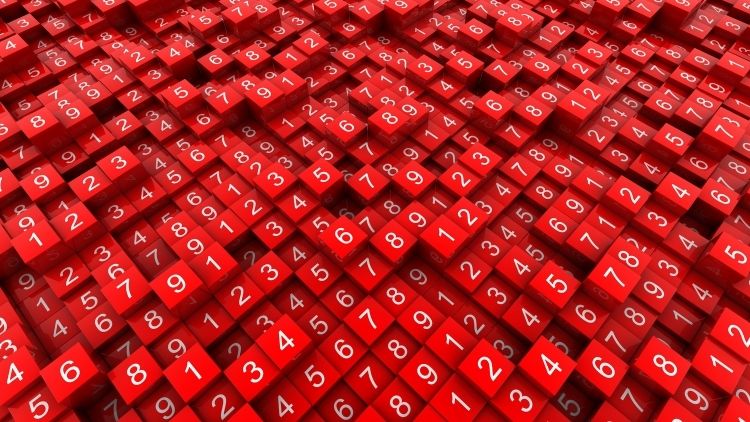Year of Creation: 2022
Posted Online on: 24 July 2022
Duration: 13 Hours 6 minutes
Course Description
Number System is the most important topic in the Quantitative Aptitude section of any competitive examination. If you are appearing for any MBA entrance examination such as Common Admission Test (CAT), XAT, MAT, or any other entrance exam conducted by any IIM or prestigious management Institute, scoring well in the number system segment is a must for ensuring your success. The number system is also an important topic for competitive examinations such as CSAT (UPSC), Bank/PO, SSC, and various other state-level and central government examinations. Considering its importance, this course offers comprehensive coverage of the number system topic covering the following: · Basics of the number system · Mastering the concept of digits · Tricks and techniques for doing large numerical calculations in a snap · Numerical calculation based on percentages · Perfect squares · Pythagorean triplets · Cyclicity · Digital Sum · Remainder · Basic Remainder theorem · Chinese Remainder Theorem · Euler’s Theorem · Fermat’s Theorem · HCM · LCM · Divisibility rules · Factorials Master Number System Math Questions for Quantitative Aptitude Exams Like CAT, MAT, XAT, UPSC CSAT, GMAT, GRE, GATE This course has been designed to help you gain mastery over the topic of the number system. The instructor offers you all the fundamental concepts along with their practical applications that will be required to build your confidence for the Number System questions in any exam you appear. This course offers complete coverage of the topic of Number System. The course content has been prepared based on thorough research of the previous year’s questions of CAT and scholarly sources.
Learning Outcomes
On completion of this course you will be able to:
- Gain In-depth Knowledge of Number Theory
- Master the concept of digits
- Learn numerical calculation based on percentages
- Learn basics and Advanced Concepts of the number system for Quantitative Aptitude Exams
- Tricks and techniques for doing large numerical calculations in a snap
Requirements
- You are looking to qulify CAT or other competitive exam in which quantitative aptitude is assessed
- A keen desire to learn
- A laptop with internet connection
- Familiarity with basic computer and operating system
Certification
You will receive a course completion certificate after completion of the course.







